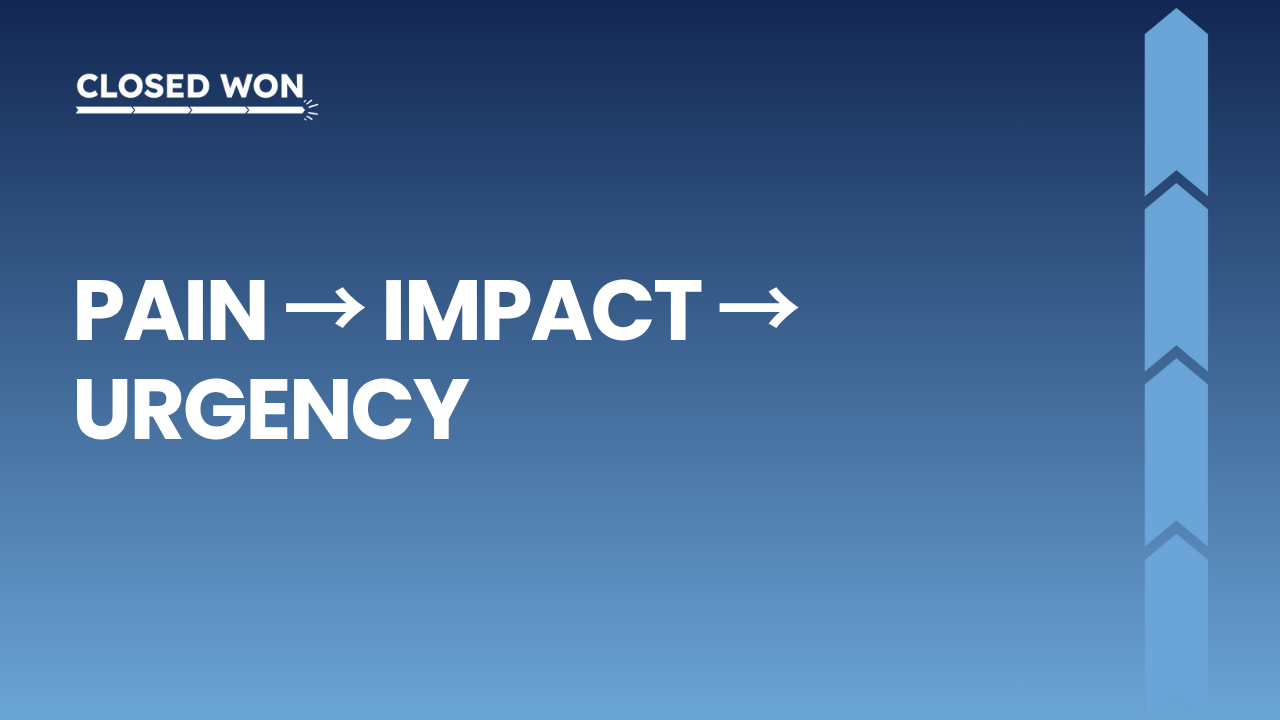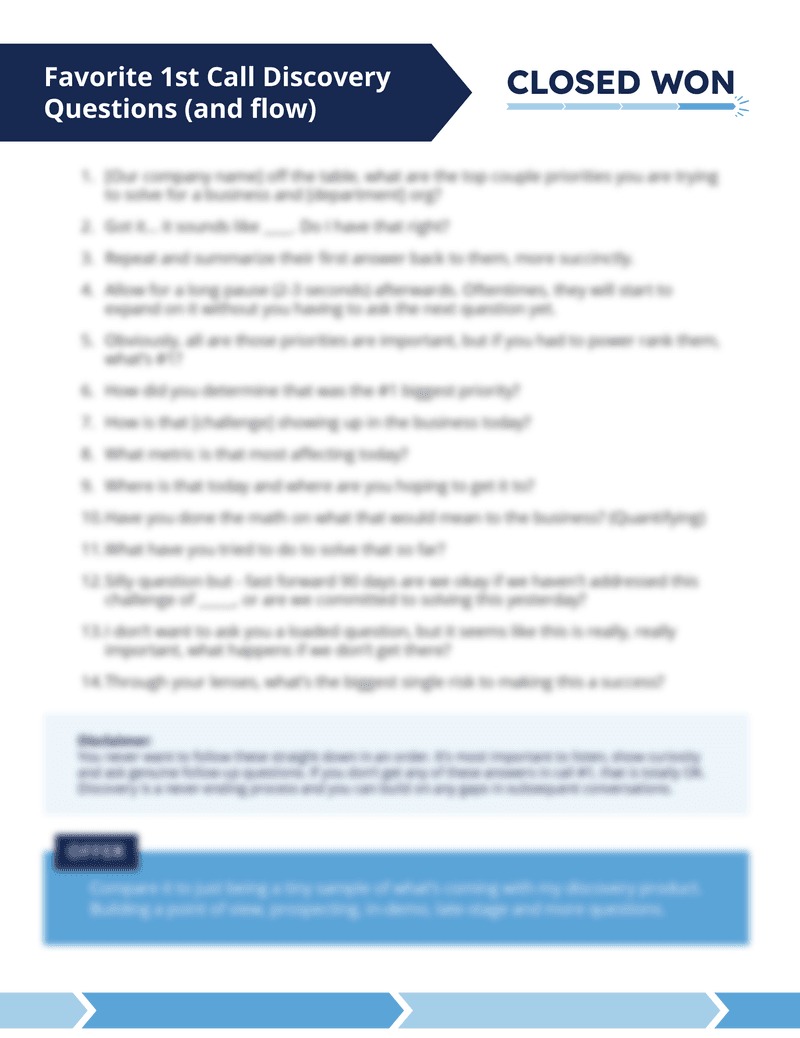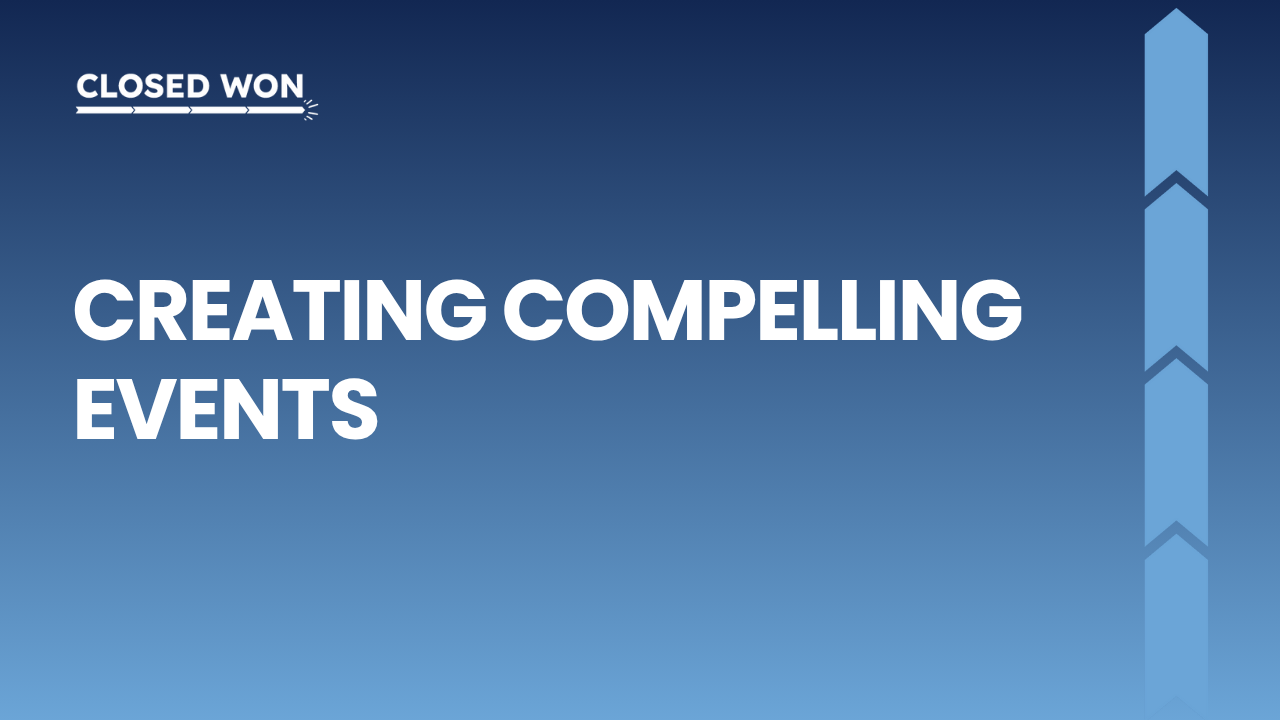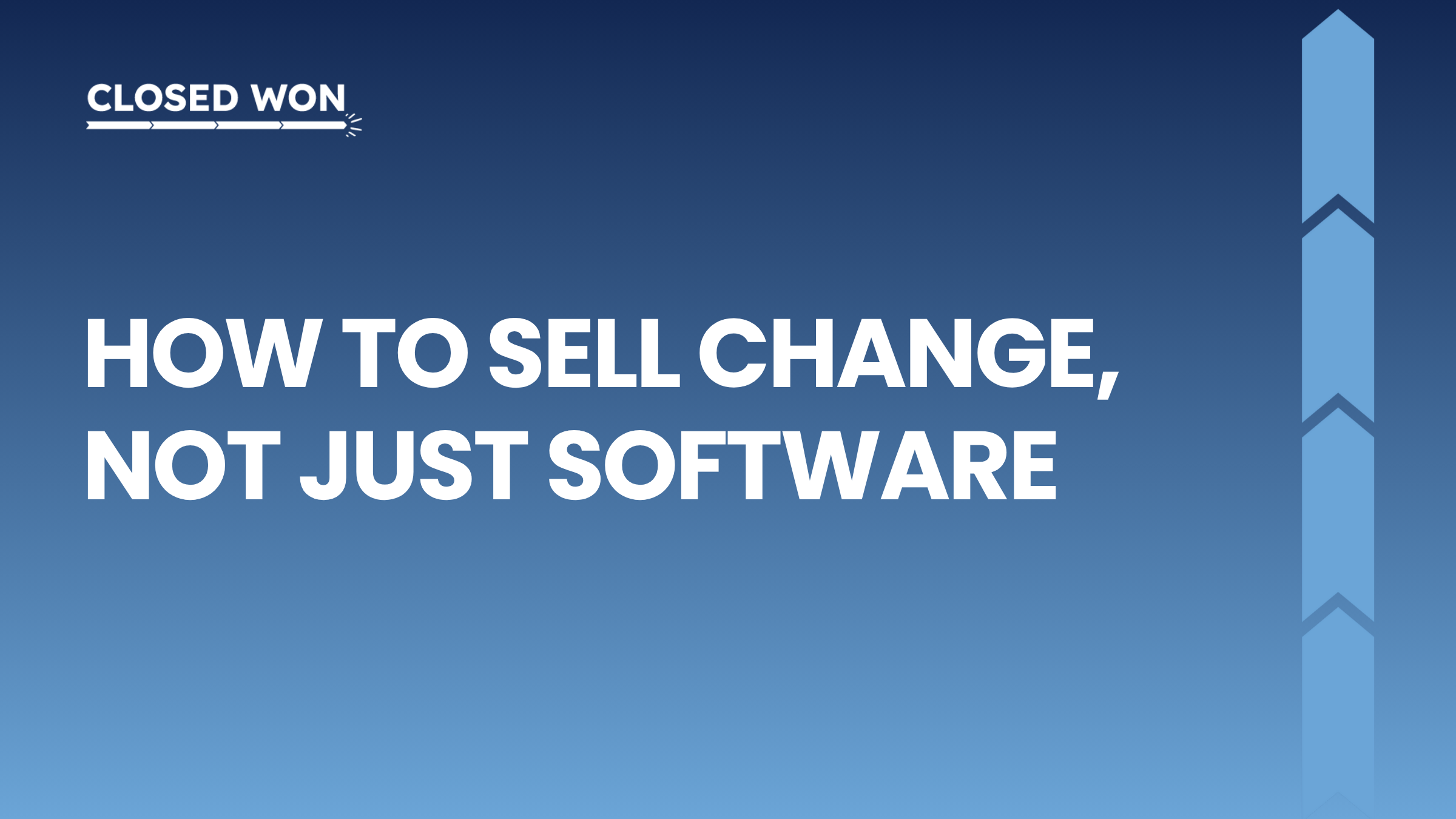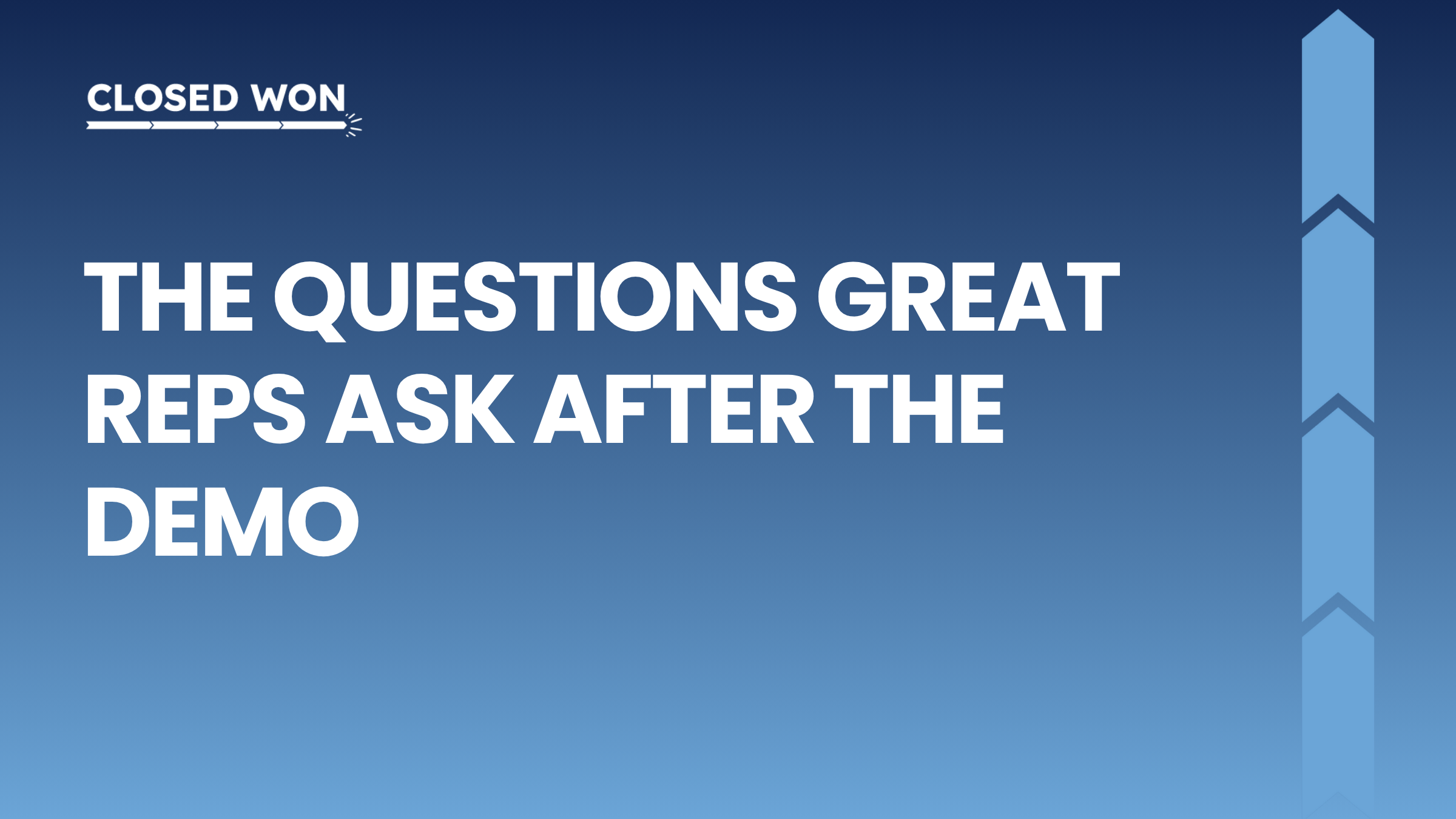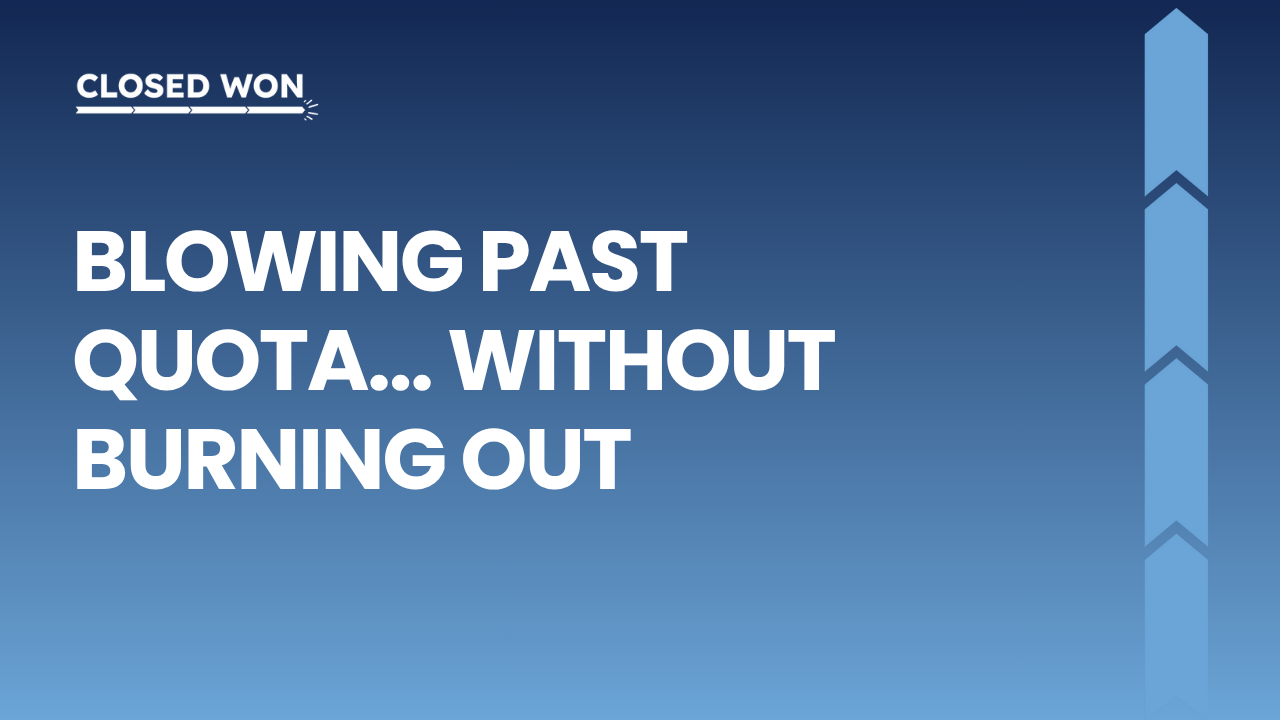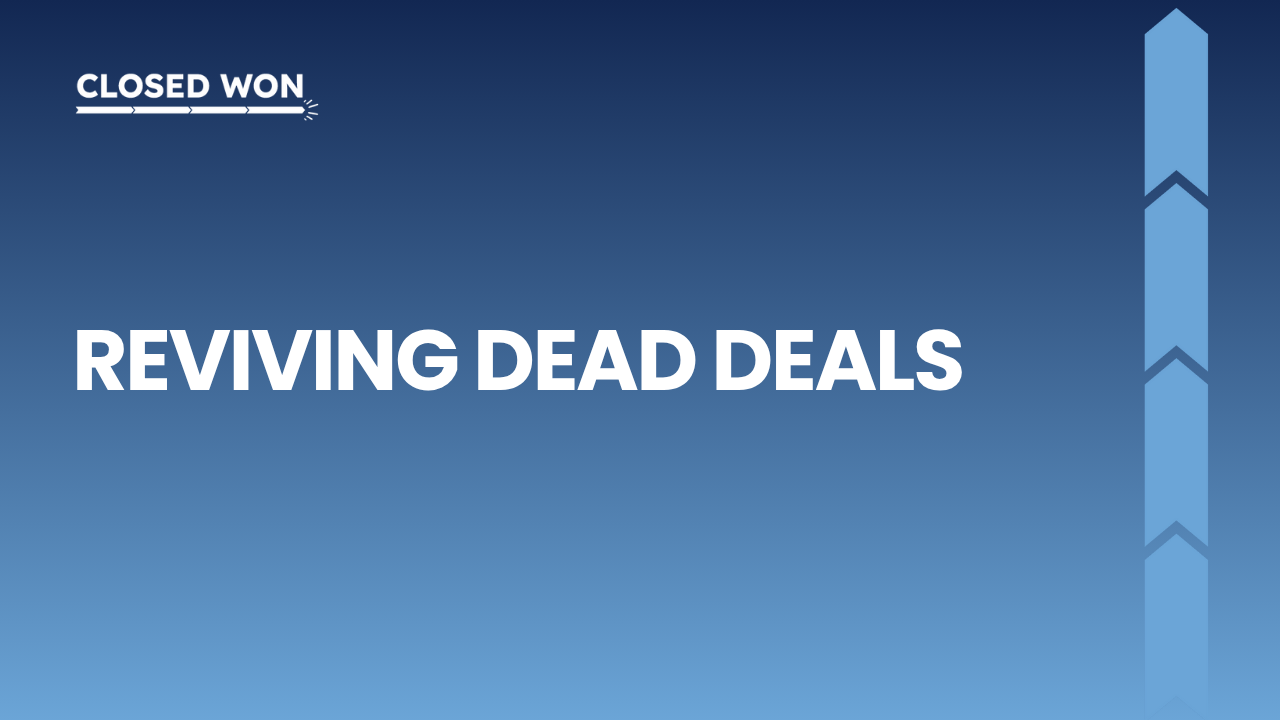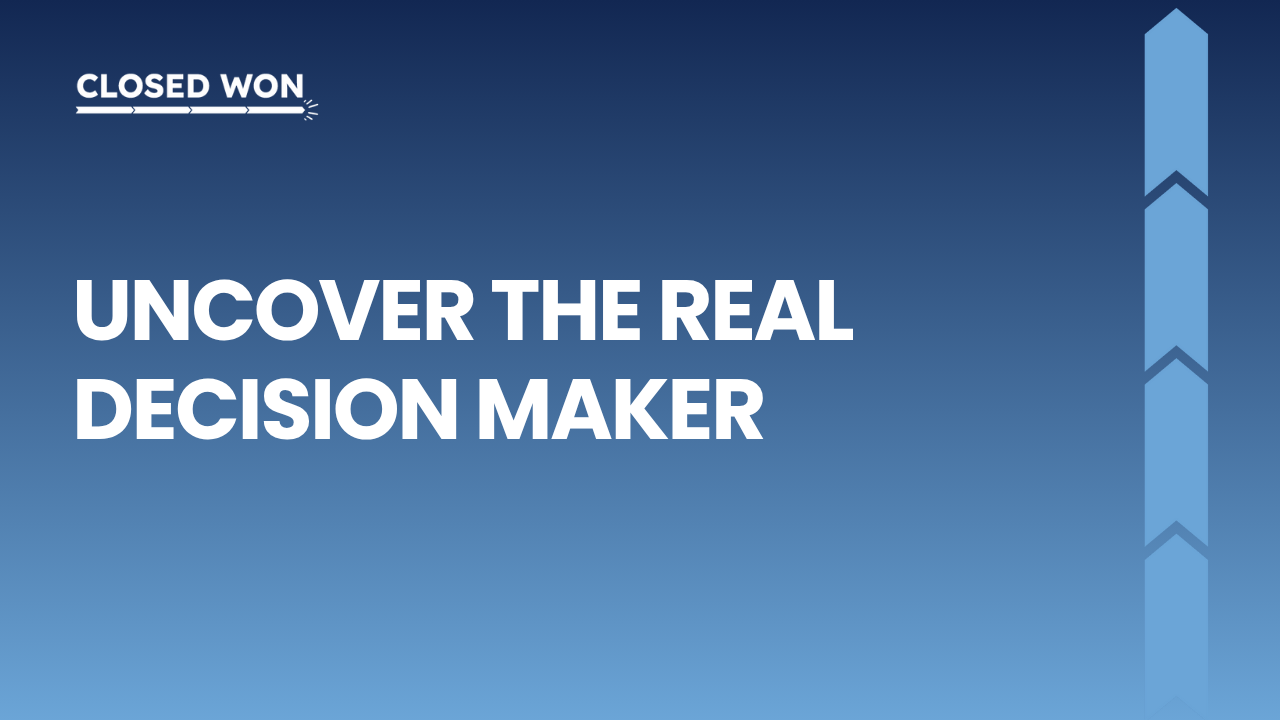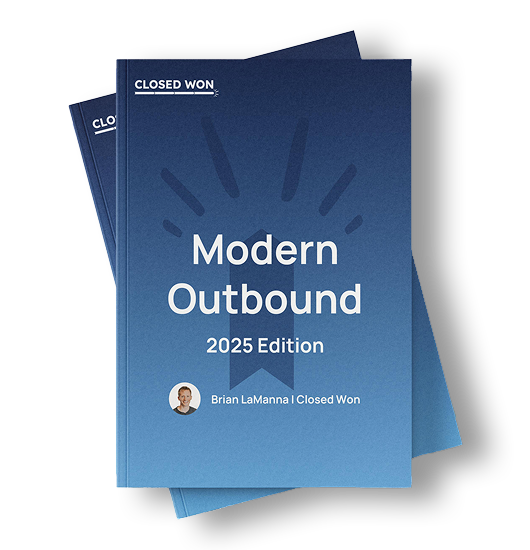Navan (formerly TripAction) just filed for IPO.
MONDAY UNFILTERED
Revenue is growing 33% YoY but they lost $181 million in 2025.
IPO market is heating up…
📚 – How Jen Allen-Knuth won a $1.9M deal
CONTENT OF THE WEEK
📝 – Is this the future high converting email opener?
💸 – Mindset losing my 275th deal
The Discovery Blueprint: Mapping Pain to Impact
Ever been in a discovery call where you’re asking all the “right” questions but still walking away feeling like you missed something?
You covered their challenges, their goals, maybe even their budget.
But somehow, you can’t quite connect the dots between what they told you and why they’d actually buy from you.
Here’s what most salespeople get wrong: they treat discovery like a checklist instead of a treasure map.
They’re hunting for pain points when they should be mapping the impact of those pain points across the entire organization.
Pain → Impact → Urgency
Think of this as a three-layer investigation:
Layer 1: Surface Pain (What they tell you first)
- “Our response times are too slow”
- “We’re spending too much on X”
- “The team is overwhelmed”
Layer 2: Business Impact (What that pain actually costs them)
- How does slow response time affect customer retention?
- What opportunities are they missing because the team is overwhelmed?
- Who else in the organization feels this pain?
Layer 3: Organizational Ripple Effect (Why this matters to people who write checks)
Who’s already asking questions about this issue?
How does this connect to their biggest strategic initiatives?
What happens if they don’t solve this in the next 6-12 months?

The Power Questions That Map Impact
The Ripple Question: “Who else in the organization feels the pain when this happens?” This reveals stakeholders you might not have considered and helps you understand the political landscape.
The Future State Question: “If we could wave a magic wand and fix this completely, what becomes possible for your team?” Gets them talking about benefits in their own words, which you can reference later.
The Urgency Detector: “What’s driving the timeline on this? What happens if you wait another quarter?” Separates real urgency from made-up deadlines.
The Decision Architecture Question: “When you’ve made decisions like this before, who typically needs to be involved?” Maps the decision-making process without directly asking “who’s the decision maker?”
Example in Action
Salesperson: “You mentioned that your current reporting takes the team about 8 hours each week. Walk me through what that actually looks like.”
Prospect: “Yeah, Sarah pulls data from three different systems, Tom has to verify everything, and then I spend time reformatting it for the executives.”
Salesperson: “Got it. So Sarah, Tom, and you are all pulled away from other work. What would those 8 hours be spent on otherwise?”
Prospect: “Well, Sarah could be doing more strategic analysis instead of data pulling, and Tom could focus on the client work that’s been piling up.”
Salesperson: “And when Tom’s client work piles up, how does that usually play out?”
Prospect: “Honestly? Clients get frustrated, and we’ve lost two accounts this year partly because of delayed deliverables.”
Now you’re not just solving a reporting problem. You’re preventing client churn and freeing up strategic capacity.
That’s a much bigger conversation.

Win the week!!!

